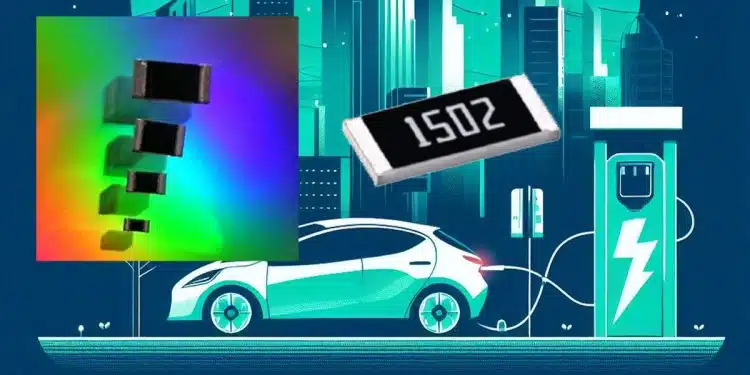Stackpole releases the new RVCA series of automotive grade high voltage SMD chip resistors with voltage ratings up to a 3KV rated in 2512 size and with sizes 0805 and larger having at least a 400V rating.
Automotive electronics have historically been associated with low voltage applications. The EV market has changed all that and today; EV designers face challenges when designing power systems.
General purpose chip resistors typically are rated up to only 200V or 300V where EV power trains are typically 400V to 800V. Stackpole’s RVCA is a thick film high voltage chip resistor series that is automotive grade, AEC-Q200 qualified, and anti-sulfur per EIA-977.
The RVCA is available in voltage ratings up to a 3KV rated 2512 size resistor with sizes 0805 and larger having at least a 400V rating. In addition, the RVCA has excellent performance under industry standard tests such as
load life, biased humidity, short time overload, and temperature cycling, making it an ideal solution for high voltage applications in all types of environments and operating conditions.
Features:
- Reliable multilayer terminals
- Higher component and equipment reliability
- Excellent performance at high voltage
- Special construction to prevent sulfur contamination
- AEC-Q200 compliant
- RoHS compliant
- Halogen free
- REACH compliant































